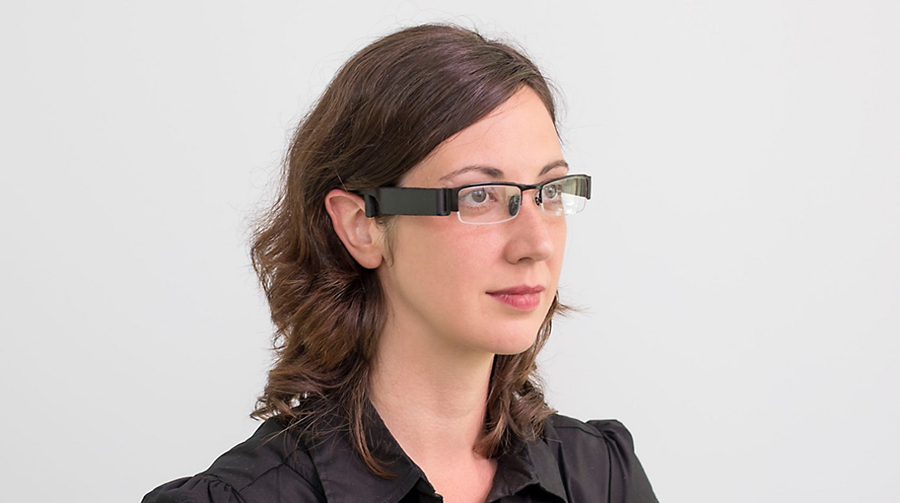Tech giant Microsoft filed a patent for a head-mounted display that is capable of continuously and inconspicuous monitor pulse rate and blood pressure. Dubbed ‘Glabella,’ the device is designed to be easier to use and more accurate than a traditional inflatable cuff, according to a research paper from the wearable’s chief designers.
According to the paper, the glasses, for which Microsoft has now been granted a patent for, have optical sensors built into the frame, where they are able to take pulse wave readings from three different areas of the face.
Microsoft’s newest eyeglass patent comes at a time when rivals Apple, Google, Amazon and Samsung have all filed several patents that offer clues about the forthcoming technology. Google previously filed a patent for eyeglasses that monitor heart rate. Apple recently filed patent application for a blood pressure monitoring cuff. Then there is Samsung’s upcoming Galaxy Watch, which is rumored to be able to track your readings by shining polarized light and then sensing the intensity of the scattered light, reports Gadgets & Wearables.
Blood Pressure Monitors (BPMs) typically come in one two forms – those for the upper arm, and those for the wrist. Both types use inflatable cuff technology, although blood pressure measurements taken at the wrist may not be as accurate, because the wrist arteries are narrower and not as deep under your skin as those on the forearm.
However, Microsoft, it seems, might have taken the strangest route of all in coming up with a blood pressure monitoring device.
The Glabella prototype was developed by Microsoft software engineers Christian Holz and Edward Wang.

“Our glasses prototype incorporates optical sensors, processing, storage, and communication components, all integrated into the frame to passively collect physiological data about the user without the need for any interaction,” Holtz and Wang wrote on the Microsoft website. They noted that Glabella also continuously records the stream of reflected light intensities from blood flow as well as inertial measurements of the user’s head. “From the temporal differences in pulse events across the sensors, our prototype derives the wearer’s pulse transit time on a beat-to-beat basis.”
The prototype acquires the user’s pulse transit time on a beat-to-beat basis. Given a remarkable association between a person’s pulse transit time and their systolic blood pressure, the wearable device can continuously monitor pulse transit time as a proxy for the behavior of systolic blood pressure levels – much more conveniently and at higher rate than conventional blood pressure monitors.
Read more Asus Unveils VivoWatch BP With Blood Pressure Monitoring, GPS, and More
“This enables our cuff-less prototype to model the beat-to-beat fluctuations in the user’s blood pressure over the course of the day,” wrote the researchers. “And [to] record its short-term responses to events, such as postural changes, exercise, eating and drinking, resting, medication intake, location changes, or time of day.”
The researchers conducted a real-world trial which showed the technology to be accurate, according to the report. However, it isn’t clear whether a commercial version of this product will be available soon.












